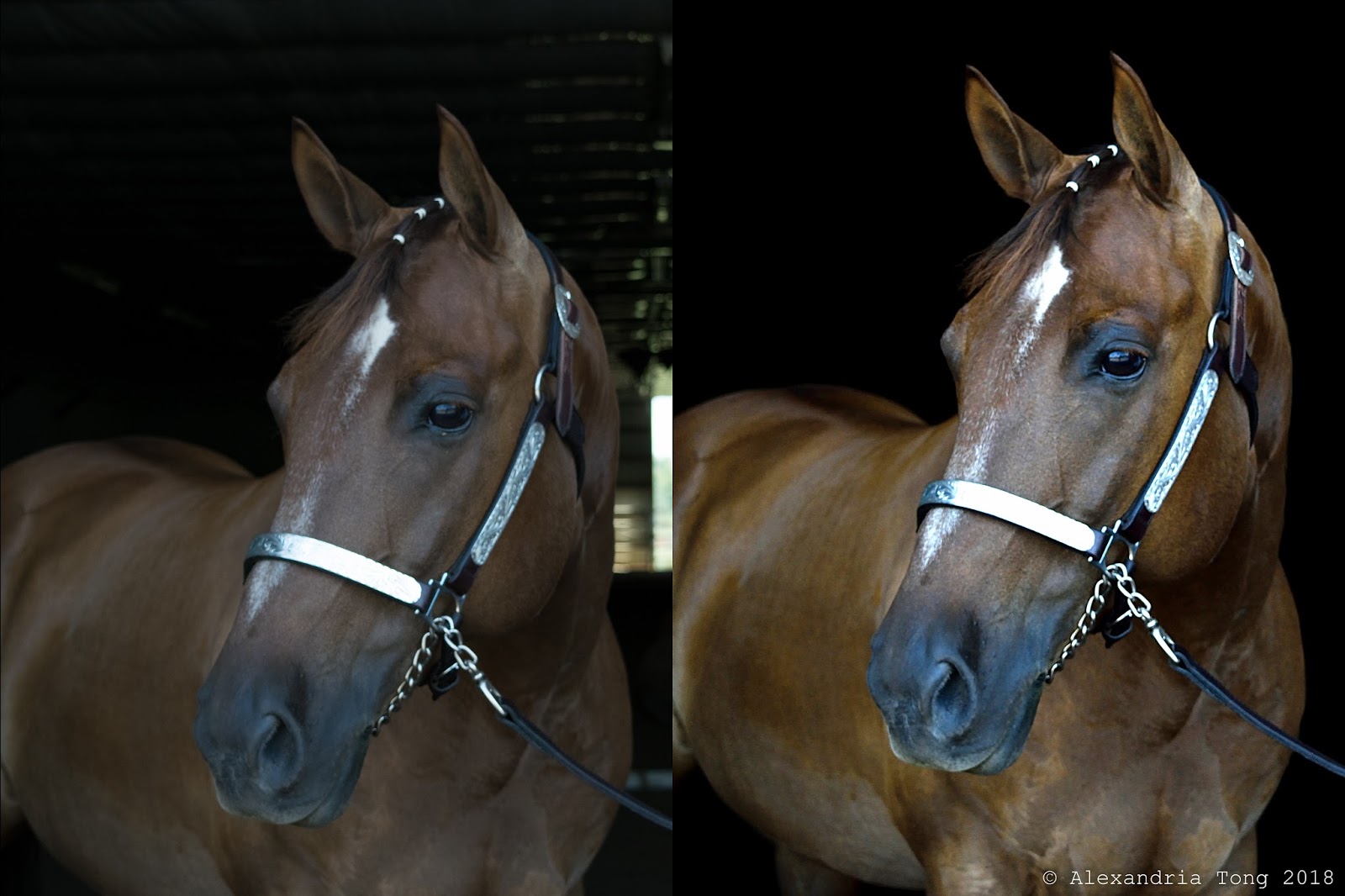 |
| Photo credit: Daniel Frank on Unsplash | |
Taking beautiful photos on your smartphone is a snap, but has the art of photography been devalued as a result? ♦
Just as bad, if not worse, is how easy it has become to share, and in some cases edit and alter, photos found online. With friends and family posting cute, share-worthy pictures every day, to say nothing of organizations, businesses, and publications constantly generating and sending out photo content, we put less and less thought into where those photos actually come from. If from a professional, they might not even know about or consent to their photo being used outside of their website and social media accounts.
The tools we have at our disposal to take share photos are incredible, but these tools have had a negative impact on the photography profession’s good name and even their businesses’ bottom lines. So what can individuals do in this age of clicking shutters and instant shares to help protect not just photographers but photography as a whole?
Nikon D750 camera body (2)
|
…
|
$4,000
|
Lenses
|
||
Nikon
35mm f/2.0
|
…
|
$350
|
Nikon
50mm f/1.8
|
…
|
$299
|
Nikon
85mm f/1.8
|
…
|
$499
|
Nikon
70-200 f/2.8
|
…
|
$2,400
|
Camera flashes (2)
|
…
|
$648
|
Computer and software
|
||
21” iMac computer
|
…
|
$1,299
|
Backup hard drive (2)
|
…
|
$170
|
Screen calibrator
|
…
|
$189
|
Adobe suite
|
…
|
$119
|
Miscellaneous gear
|
…
|
$1,500
|
Business essentials
|
||
Incorporating
|
…
|
$125
|
Accounting services
|
…
|
$300
|
Client management
|
…
|
$129
|
Insurance
|
…
|
$600
|
Product samples
|
…
|
$1,000
|
Contracts
|
…
|
$2,000
|
Website
|
…
|
$120
|
TOTAL
|
$15,747
|
So equipment is a significant startup cost, one that has to be earned back from taking on work and making sales. With amateur photography and the improper use of artists’ work cutting into the professionals’ bottom lines, this initial investment becomes an increasingly difficult expense to recover.
Below are some before-and-after examples of straight-out-of-camera images next to their final edits.
 | | Correction: Over-exposed image. |
 | | Correction: Black background. |
 | | Correction: Fixing a subject's eyes. |
 | | Correction: General touch-up. |
While filters are a wonderfully quick and easy tool for hobbyists to alter their photos, they can never replace the expertise professional photographers have in producing quality images.
With the prevalence of sharing images online, many photographers now use what is called a watermark. Though from a legal standard it is completely unnecessary, photographers that use that put a watermark on their images see it as a last line of defense. Watermarks range from the standard format of © (Year) (Photographer’s Name) to more artistic marks like the company’s logo or the photographer’s signature. All the different watermarks serve the same purpose of trying to discourage the stealing of the image by either making it less appealing since it is marked or by being a final reminder that the image is not public domain.
The person who associated a work with this deed has dedicated the work to the public domain by waiving all of his or her rights to the work worldwide under copyright law, including all related and neighboring rights, to the extent allowed by law. You can copy, modify, distribute and perform the work, even for commercial purposes, all without asking permission2.
Free-to-use photographs can be found at sites like Pexels, Unsplash, and Burst.
In this new age of copy and paste, where images can be altered and shared in only a few clicks, it pays to understand what you can and cannot do with images you find online. Respect the effort photographers put into their art by respecting their copyrights and use images appropriately. If you see an image on social media you would love to share, or that you might like to use on a website, send the photographer a message asking if it is alright. You will probably make their day by showing that you respect their craft.

 About the Author
About the Author





0 comments:
Post a Comment